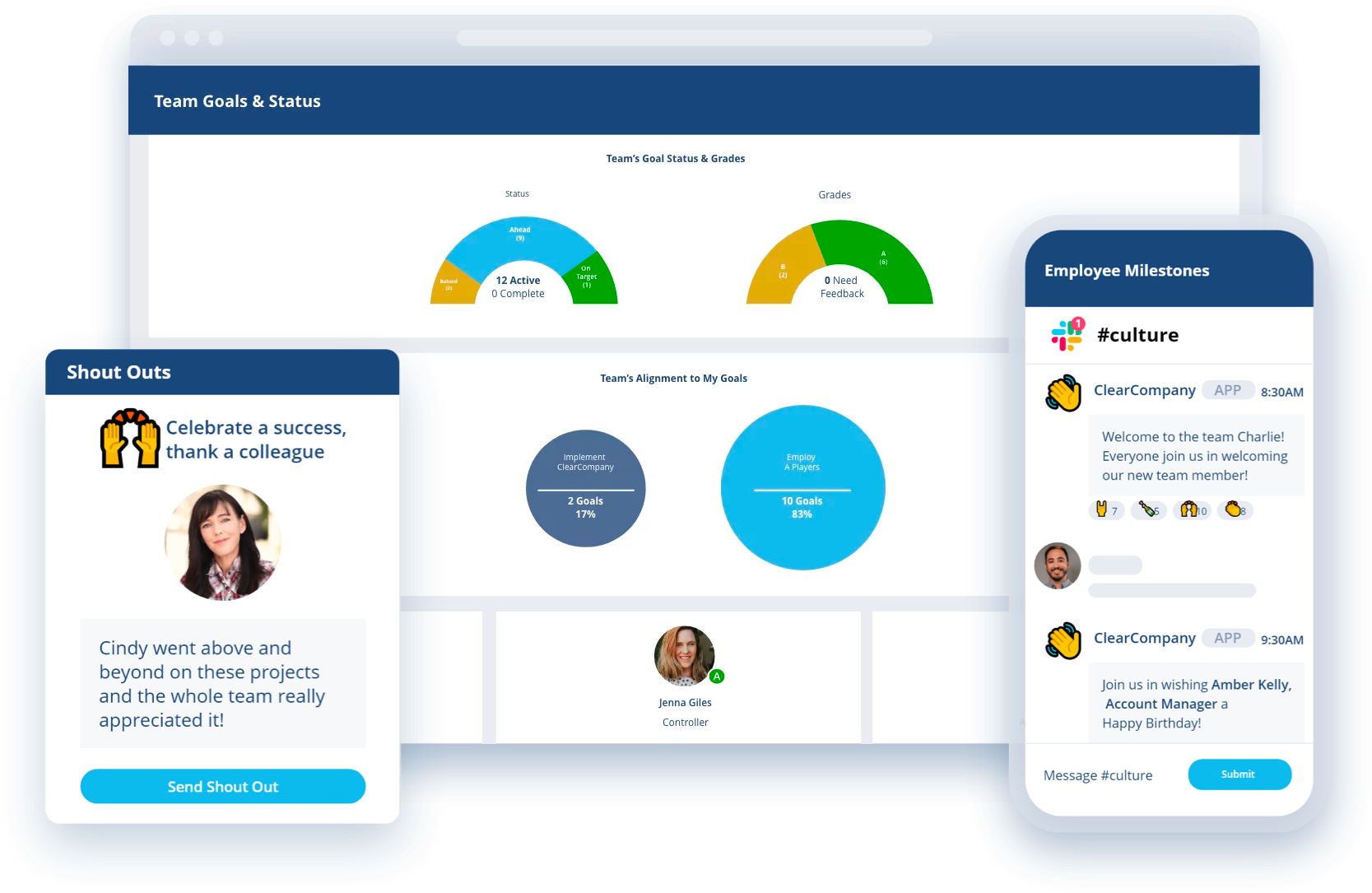According to HR Executive, 86% of HR leaders say they’re putting more effort into employee engagement to improve retention this year. A company cannot function without its employees, and they’re becoming harder and harder to find and keep. So, HR is in overdrive, calculating employee turnover rates and strategizing long-term engagement and retention plans.
But turnover is inevitable — and in some cases, it’s not all bad. The positive effects of employee turnover include opportunities for innovation, growth, and improved organizational performance. When employees choose to leave your organization, they’re making way for you to find someone who is an even better fit for the organization.
Understanding when turnover is beneficial can help your HR team manage turnover, make informed workforce planning decisions, and refine your company’s recruiting and retention strategies.
Let’s look at seven benefits of employee turnover.
86% of HR leaders are putting more effort into #EmployeeEngagement to reduce turnover this year. But not all #EmployeeTurnover is bad:Increases Employee Engagement
Employee turnover rates can be an indicator of a company’s success. When an organization grows, there’s a give and take: some employees will meet the challenge that comes with high growth and continue to fit the culture, while others hit setbacks, feel a disconnect from the strategy, or want to grow in a different direction.
No matter how talented, an employee who doesn’t believe in the business strategy, culture, or mission will not be as successful as a more aligned employee will be. In those situations, it’s better that employees who are less engaged move on to other organizations so your company can hire people who are invested in the company’s goals and mission.
Motivates Employees
Some turnover happens due to internal promotions, an excellent reason that can motivate other employees. Tracking turnover due to promotions or even lateral moves within the company shows candidates and existing employees that there’s room for growth at your organization. Employee development statistics show if the opportunity to develop is there, 94% of employees say they’d stay at their company longer.
Even seeing colleagues grow in their careers at a different company can be motivating for your workforce. What’s more, according to SHRM, “If people leave on a high note, there is a good chance they may come back.”
“It is better for the progression of talent in general that we stop fighting with each other to keep people, and instead encourage and enable everybody to make progress.” - via SHRM
Improves Talent Potential
Sometimes in moments of shuffle, previously unrecognized A-players emerge. Turnover can create an opportunity for other motivated employees to prove their proficiency within a role. As A-players emerge, so do underperformers. This shows managers who might benefit from a performance improvement plan and which employees may need to be terminated.
Whether they’re reaching their full potential as high performers, improving poor performance scores, or moving on to where they’re a better fit, turnover is a chance to increase your company’s talent potential.
Did you know #employeeturnover has its benefits? Find out what they are and how to learn from it:Brings in Fresh Perspectives
Anytime an employee leaves, regardless of their performance level, hiring a new employee means your organization is gaining a fresh perspective and new ideas. Your current employees benefit from their different skills and experiences, and your new employees have a chance to share their knowledge and ideas with their new colleagues.
But if everyone is staying, a company can’t diversify its staff or offer opportunities for rising stars to gain promotions. It will also fall short on innovation and best practices, which can be learned from people who come from other strong organizations. - via Forbes
Leads to Improved Performance
Tracking performance ratings alongside employee turnover can help you understand if you’re losing top performers or if departing employees had performance issues. If your organization’s turnover is comprised of any significant percentage of your top performers, your retention strategies for those employees need attention.
On the other hand, if your low performers are churning out at a higher voluntary rate than your top performers, you’re creating room for a higher percentage of top talent. It can also be a sign that your performance-driven culture is accomplishing its intended mission: retaining and engaging the best of the best.
Cracks are Exposed
Losing high performers is not a positive effect, of course, but you can still learn from it, using it as a sort of systems test. Any problems within systems or workflows the departing high performers managed will quickly show themselves. Look for any issues and tighten up the process so the next time someone leaves, there are no cracks to fix.
Refine Retention Strategies
Departing employees can help your HR team refine retention strategies if they participate in exit interviews. Exit interviews are an opportunity to learn what can entice people to leave your company so you can make competitive offers to candidates and test new initiatives to retain employees. To find and keep the best employees, you have to give them the best in return.
By changing the thought processes on turnover, HR can learn from it and improve talent management strategies and the entire employee experience — and as a result, reduce turnover and hang onto top performers.
Your HR team can learn more about turnover with ClearCompany’s cloud-based Talent Management System. We have the tools you need to track important employee metrics, survey engagement levels, conduct exit interviews, and more.
Find out how your organization can dig into turnover and use it to your advantage — sign up for a demo of ClearCompany today.



